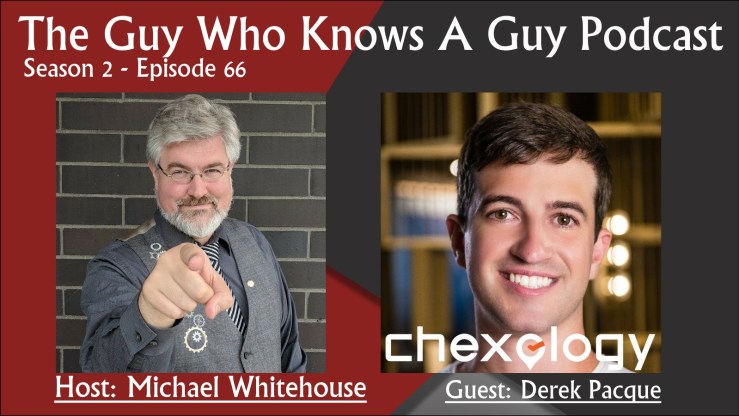The idea of time management is being supplanted by the idea of energy management.
My board gaming friends may understand the concept of Actions or Action Points. In a game like Dominion, you get one Action per turn, but some cards will give you additional actions which let you do more things.
We may think that we have 8 hours in a day, what we really have is a combination of time and energy which results in being able to perform a certain number of actions per day. If we were machines, the number of actions we could perform would be a simple function of how many minutes it takes to perform the task divided into the number of minutes we have available.
Since we are human, however, energy ends up being much more of a factor. Most people get as little as 3-4 hours of work done during a typical 8 hour work day. Why? Energy management.
There are some tasks that give me energy, give me additional Actions in my turn. Running a coaching session gives me energy. I do 6 sessions back to back and the last one would be as good as the first, possibly better, because it energizes me.
Creating content is another such activity. I can write 3,000 words in a sitting. I cannot, however, write two blog posts back to back.
Why? Because creating a blog post, is more than just writing. I need to tag it. I need to share it to Facebook and LinkedIn. I need to do other administrative tasks to make sure people see it. That consumes Actions.
Different people gain Actions, gain energy, from different types of activity. Different people find different tasks easier or harder.
A coaching trainer I am working with shared that he does not like to do more than 3, and preferably not more than 2, sessions per day because it wears him out. I could do twice that and be ready for more.
Recently it was suggested that I should repurpose my content. Specifically that I should record video as I record the audio of my Morning Motivation podcast. This makes sense if creating content is hard and repurposing is easy. For many people this may well be the case, but not for me.
Morning Motivation is my fourth attempt at a podcast, and my most successful. It is so successful because it is so logistically simple for me to create. It takes approximately 11 minutes start to finish to record and post an episode. I will usually create all the episodes for a week in one or two sittings. I spend more time recording the audio than I do sharing the content, and that’s just the way I like it.
One of the great things about audio is that I can edit out a flub in seconds as I record without leaving an artifact. Not so in video.
While it may seem like simply recording video as I record the audio would be simple, it would likely double the time it takes to create an episode. When I increase the friction on a task, I increase the chance that the task will stop getting done.
A better use of 11 minutes would be to take my camera and record a second video on the same topic that is 2-5 minutes long and share that. It may seem inefficient to create two pieces of content when I could repurpose one, but it is actually easier, it takes less Actions, to do it separately.
The same is true with transcribing the podcast. There is software that will turn speech to text that I could run the episodes through, but what I would have is a mess of errors with no punctuation. I would have to go back through every word, figure out what I was trying to say originally, and clean it up. Add to that the fact that we don’t write the same way we speak, and it doesn’t make a lot of sense.
You know what I can do in the same amount of time it would take to clean up an automated transcription? I could write an article!
That’s what I did on the topic of getting 1% better every day. I recorded it as an episode, then I wrote an article, then I recorded a TikTok, then I talked more about it in a Sunday Update of Morning Motivation. These four pieces of content did not feel like work to me because they were creating content. They also are all native to the platforms where they live.
In the same amount of time it would have taken to repurpose the first episode into multiple pieces, I created four pieces of content.
The place where repurposing does make sense is when you have an assistant. I can create content as easily as I can repurpose it. An assistant cannot create content for me, but they can take what I have, reedit it, transcribe it, clean it up, reshare it, and all the rest.
At some point it will make sense to hire such an assistant, but this is not that point for me.
For yourself, it is important to recognize what give you Actions and what consumes Actions. What can you do all day without a break or rest, and what drains your energy. Rather than looking at how much time something takes, look at how much energy it takes and strategize along those lines.
Find the things that you can do most efficiently and do more of that. Find the things that drain you and either hire someone else to do it or do as little of it as possible.






